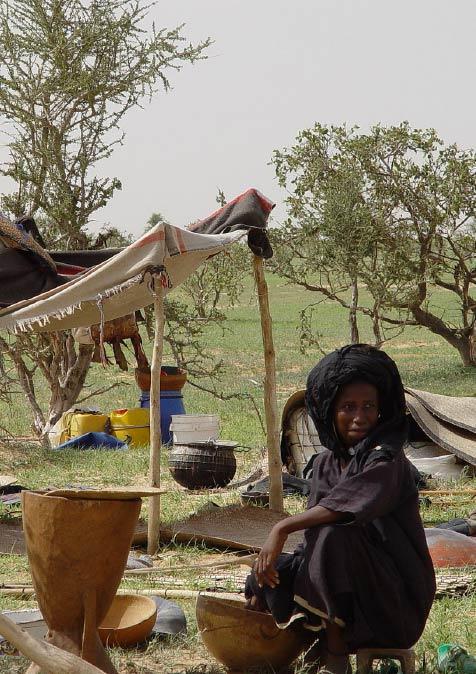Publications /
Policy Brief
Policy Brief
Literature Paper: Jihadist Armed Governance in Mali
November 2, 2021
In the Sahel, and Central Mali in particular, the proliferation of armed groups over the past decade has resulted in formal and informal non-state governance structures. This paper assesses the various definitions and typologies associated with rebel and jihadist governance in order to better understand the mechanisms of governance provision used by key non-state governance providers in Central Mali.










